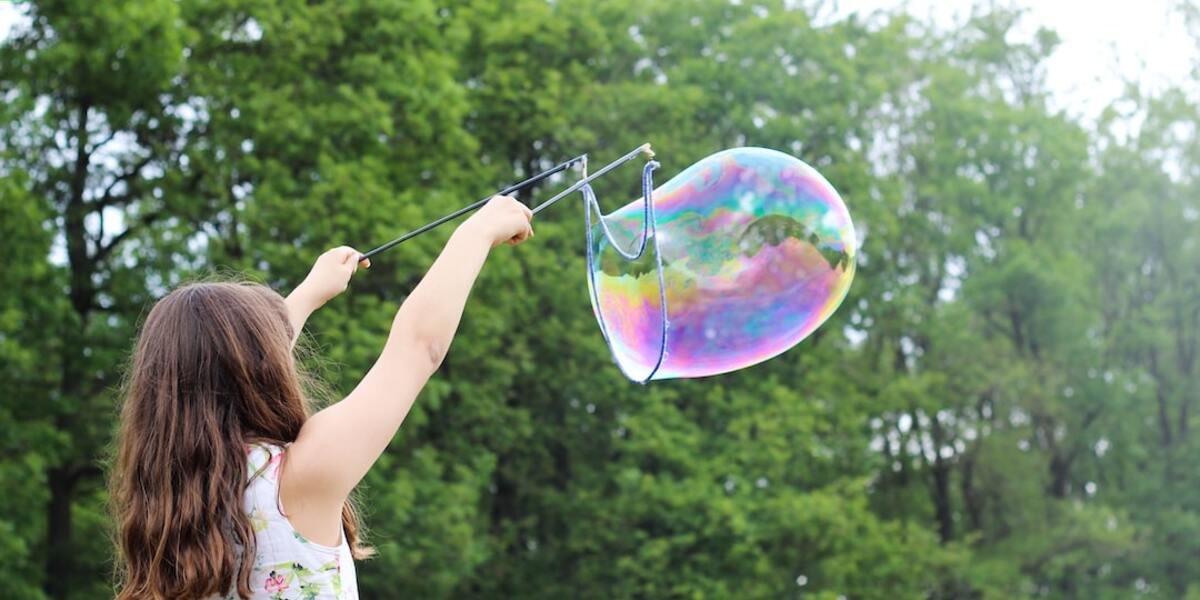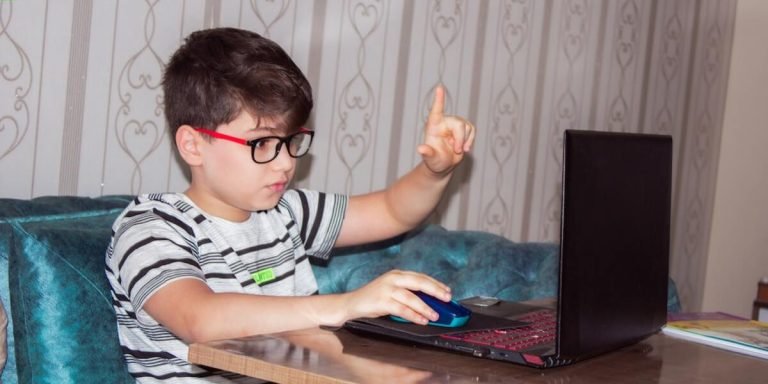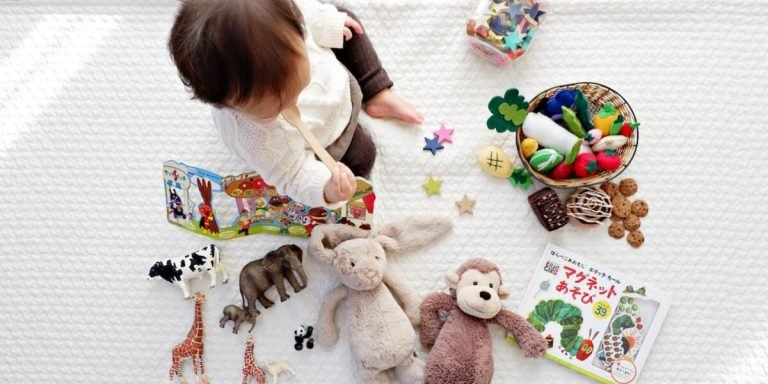Toddler Activities at Home: Engaging and Creative Ideas for Little Explorers
As parents and caretakers, finding the right “toddler activities at home” can be a rewarding yet sometimes daunting task. This is especially true when trying to strike that perfect balance between entertainment, education and essential skill development for your little explorers. But fret not!
With some careful planning and creative thinking, there are many engaging ways you can make learning fun during these formative years.
The early childhood period plays an instrumental role in developing cognitive abilities, social-emotional skills as well as physical wellbeing. It’s important to take advantage of this time by incorporating stimulating toddler activities at home into their daily routine. Creating nurturing experiences packed with age-appropriate educational games or arts & crafts projects will aid their growth while keeping them happily occupied.
Did you know?
Did you know that toddlers aged 1-3 years develop a significant portion of their motor skills through exploration and play? So, creative home activities aren’t just fun, they’re essential for toddler development too!
Integrating Play-Based Learning in the Home Environment
The incorporation of play-based learning into a home environment can significantly benefit toddlers, particularly in the digital age we live in. However, many parents might be unsure about how to blend technology with their little ones’ activities at home. In today’s increasingly digital world, it is essential for children to acquire technological competencies from an early stage and what better way than through games and interactive activity they enjoy.
Everyday toddler activities at home present numerous opportunities for introducing tech-enabled educational toys or applications that promote learning while keeping them engaged productively. For instance, electronic storybooks offer a novel method to foster reading habits and enhance language skills among toddlers because these books usually come with engaging pictures along with audio narration.
Similarly, puzzles are another exceptional category when considering integrating technology within your child’s schedule on regular basis. There are plenty of digital puzzle apps tailored specifically towards developing cognitive abilities among young children such as problem-solving skills or object recognition ability which aligns well alongside traditional physical jigsaw puzzles too hence providing dual exposure under same theme but different medium.
It is also vital not to overlook the importance of outdoor play even amidst this integration process – balance remains key! Consider integrating elements like geo-tracking nature walks involving certain kid-friendly mobile application where specific objectives have been set around local area exploration thereby creating fun combination between physical exertion mixed along informal education touchpoints seamlessly.
Fun and Educational Toddler Games for Indoor Spaces
Engaging your toddler in play-based learning at home can be a delightful and educating experience. With an array of fun activities, you not only tap into their inherent curiosity but also lay the groundwork for essential skills.
To indulge your children in interesting stories while enhancing their listening capabilities, digital storytelling is one of the excellent toddler activities at home. Websites and apps like ‘Storybird’ or ‘Toontastic 3D’ provide storylines which ignite imagination while incorporating elements of technology integration in education.
In this era where toddlers are more tech-savvy than ever, harnessing that familiarity towards educational purposes is worthwhile.
Applications such as ABCmouse or PBS KIDS Games offer interactive games suiting different areas- reading & writing to math and art; hence promoting overall development.
Why limit to indoor when we can explore space? Virtual reality (VR) devices bring experiences right on hand-from underwater marine time adventure to exploring mars-once thought far-fetched now possible just with few button clicks!
Digital puzzles serve as problem-solving tools teaching kids spatial awareness and critical thinking via playful way.
Crafting Creative Spaces That Stimulate Young Minds
Crafting creative spaces that stimulate young minds is a vital aspect of integrating play-based learning at home. As we navigate the era of technology integration in education during 2023, parents can utilize innovative strategies to provide engaging toddler activities at home.
The first step involves setting up dedicated “creation stations.” These zones could include different areas for arts and crafts, building blocks, science experiments or even a mini-theatre setup for drama plays. The key here is to ensure these areas are well stocked with relevant materials that encourage creativity and exploration.
Next on our list would be incorporating educational tech toys into your child’s routine. Opt for smart interactive toys such as coding robots or STEM-related puzzle games which serve not just as fun distractions but also promote crucial problem-solving skills effectively blending technology with early childhood education practices.
Creative space should also stimulate sensory development so don’t forget tactile elements – things they can touch varying in texture from soft doughs to hard blocks helping shape cognitive growth while keeping it playful!
Lastly remember – each child’s interest varies! Allow flexibility within this designated area facilitating engagement according to your little one’s diverse interests making sure we’re nurturing budding artists scientists authors all under our roof!
Establishing a Routine with Developmental Activities
Establishing a routine for your toddler at home can be an exciting adventure, especially with the integration of educational technology. In recent years, digital tools have played pivotal roles in making learning fun and interactive. As we foster this tech-driven environment to supplement traditional play methods, it becomes crucial that developmental activities are seamlessly incorporated into the daily routines of our toddlers.
Early childhood education experts urge parents not just to rely on gadgets but use them as stepping-stones towards comprehensive learning experiences right from their homes. To establish such routines effectively, one might consider various innovative platforms that offer dynamic toddler activities tailored precisely for early learners.
These online resources aim at harnessing young minds’ curiosity while challenging their cognitive skills through playful tasks centered around stories and games—a concrete start towards a child’s lifelong relationship with e-learning technologies! A structured schedule revolving around these techniques ensures children get exposed to balanced screen-time—learning embedded within entertainment—the optimal way forward in today’s world.
Structured Time for Language Skill Enhancement
Undoubtedly, language skill development is a critical aspect of early childhood education. It forms the foundation for your child’s communication abilities and cognitive skills. When we talk about “toddler activities at home,” incorporating structured time for enhancing these skills should be paramount.
In 2023, it has become even more vital to introduce children to technology while continuing with traditional methods of teaching. So let’s delve into how parents can establish routines that effectively blend both aspects!
One great method involves setting up an interactive storytelling session using digital applications available today. These apps narrate stories with visual aids and questionnaires, making learning fun but engaging simultaneously.
Another exciting option could include online vocabulary games or puzzles which are specifically designed keeping toddlers in mind! By allowing them a fixed set amount of screen time daily for such innovative educational practices not only develop their ability to recognize words but also helps them build problem-solving capabilities.
Elementary level podcasts aimed at entertaining kids can add another layer to your toddler’s routine activity mix providing exposure towards diverse cultures ideas languages thereby fostering curiosity open-mindedness along with refining listening comprehension sharpness!
Incorporating Sensory Play into Daily Routines
Sensory play involves any activity that stimulates a child’s senses: touch, sight, taste, smell and hearing. But how do you incorporate these types of activities practically? Here are some recommended steps to help weave sensory experiences seamlessly throughout your little one’s day.
Start by defining clear objectives for each activity; this could be anything from enhancing their hand-eye coordination or expanding vocabulary through visual stimulation techniques. The beauty with tech-based learning tools is they often have built-in supportive educational outcomes which align perfectly with developmental milestones.
Next up is incorporating screen time strategically in the form of ed-tech apps designed specifically for toddlers’ needs. An example would be an interactive alphabet game where children use their fingers to trace letters on the touchscreen – great for refining motor skills while simultaneously offering an enjoyable way to learn basic language concepts.
Don’t forget music! Sound-rich applications offer auditory stimulation as well which aids both memory retention and emotional well-being among youngsters. It generates opportunities for dance or singing routines too – perfect embodiment elements combining fun & learning!
Leveraging Technology for Age-Appropriate Learning
In our digital age, the concept of toddler activities at home has taken on an entirely new dimension. By leveraging technology for learning, parents and educators can open up a world of knowledge that is entertaining, engaging and tailored to each child’s developmental stage. Using online tools doesn’t mean putting your young ones in front of screens all day; it means integrating tech into everyday activities to boost their cognitive abilities.
Technology integration fosters age-appropriate learning by providing diversity in content delivery methods, which caters to varied learner interest levels and needs. For example, interactive apps teach toddlers about shapes or colors through visually dynamic interfaces while allowing them hands-on experience with touch screen devices – enabling both audio-visual comprehension as well as motor skills development.
Furthermore, educational websites offer rich information pooling from various resources that help give children wider exposure beyond traditional books alone – perfect for curious minds yearning exploration even at this tender age! Remember though: balance is key when implementing these strategies with conventional playtime ensuring holistic growth during early childhood education.
Choosing Educational Apps and Online Resources Responsibly
In an era of digital natives, integrating technology into early education has become the norm rather than a novelty. As parents and educators, we have a responsibility to leverage this shift in order to aid our child’s learning process effectively.
The concept integrated right here is creating toddler activities at home using educational apps and online resources responsibly. The key lies not only within choosing these platforms but also understanding how to use them as constructive tools for boosting cognitive development.
It’s important to opt for reputed brands which take special care in curating up-to-date syllabus following standard guidelines set by early childhood education experts . Look out for thoroughly reviewed applications with positive feedback regarding user experience and capabilities concerning enriched learning outcomes.
A good practice would be setting clear rules around screen time limits while promoting active participation instead of passive consumption – remember tech-integration isn’t just adorable animations or fancy graphics; they should serve educative purpose too!
Furthermore,Harness power from interactive storybooks available online featuring audio-visual aids enhancing linguistic abilities alongside kindling creativity among toddlers.Leverage augmented reality-based learners teaching letters,numbers or introducing them towards facts beyond textbooks like astronomy ,wildlife etc .
Setting Boundaries: Screen Time Management Tips
Understanding and managing screen time is an essential aspect of leveraging technology for age-appropriate learning. Today, we find ourselves in a digital era where the internet has revolutionized how one gets to learn. From toddlers to adults, everyone relies on this significant innovation.
The keyword here when considering toddler activities at home is – “Boundaries”. Even though technology offers numerous educational benefits for your little ones, especially during the stay-at-home necessity brought by COVID-19 pandemic or any other emergencies of 2023; it’s paramount that limits are set.
Firstly, let’s stress on ‘why’ boundaries matter? Toddlers are quick learners with brains like sponges. Their curious minds can wander easily and they might end up indulging more than what is beneficial for them causing anxiety issues among others.
1) Establish clear guidelines: Set rules about when and how long your child may use screens such as tablets or computers.
2) Prioritize Unplugged Playtime: It’s crucial to ensure your child invests ample time into traditional ways of playlike puzzles or blocks building which not only engage their hands but stimulate brain development too!
3) Stay Involved: Regular interactions hold high importance while using applications or online tools so you get informed about what content engages them most whilst avoiding any harmful exposure.
Conclusion
In closing, embracing toddler activities at home doesn’t only give your little explorers a chance to nourish their curiosity but also sets solid groundwork for their future learning journey. You are not just keeping them engaged and entertained, you’re offering them vital skills and knowledge that will be the pillars of their education as they grow.
Craving more insights? We invite you to browse around our website where we cater to all things childhood education. Not only do we provide an array of creative ideas on educating children in fun ways, but we also offer substantial support for both parents and educators alike.
Here’s raising glasses (or sippy cups!) to making every day a new adventure in learning!







